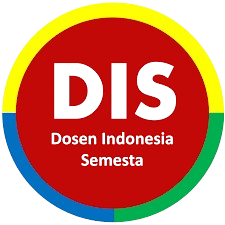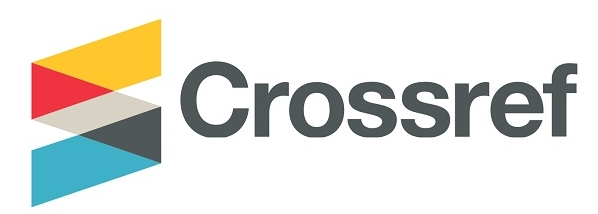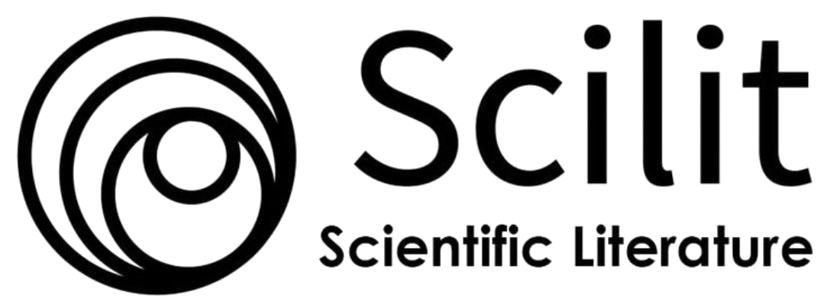Descriptive Study on the Implementation of Picture Word Inductive Model (PWIM) in Teaching Writing Descriptive Text to the Eighth Grade Students of SMP Sunan Giri 2 Kalipuro in the 2019/ 2020 Academic Year
DOI:
https://doi.org/10.36526/ln.v3i2.1437Keywords:
Picture Word Inductive Model (PWIM); Descriptive Text; Teaching Writing.Abstract
The aim of this research was to find out the description of the implementation of Picture Word Inductive Model (PWIM) in teaching writing descriptive text to the eighth grade students of SMP Sunan Giri 2 Kalipuro in the 2019/ 2020 academic year. In teaching and learning English, there are many strategies used by the teacher. In teaching writing, one of the strategy can be used is Picture Word Inductive Model (PWIM). The design of this research is descriptive qualitative. The research was conducted at SMP Sunan Giri 2 Kalipuro, and the subject of the research are the English teacher and 30 students of eight grade of SMP Sunan Giri 2 Kalipuro. The respondents of the research were taken by using purposive sampling. The researcher took the data by using documentation, interview, questionnaire and test. The researcher analyzed the data of questionnaire by using Likert scale and to analyze the students’ writing test by scoring rubric. The result of the intervew to the English teacher showed that the use of media in teaching and learning process could the students more interested to study English in the class, one of the method was the implemented is Picture Word Inductive Model (PWIM). The students’ responses indicate that the implementation of Picture Word Inductive Model (PWIM) were very helpful to them in writing desriptive text. More that 50% of the students agree that the method had many benefits in teaching and learning process. The result of the test also showed a good achievement of the students in writing descriptive text. They get 79,4 in the average and 87% in good interpretation percentage. Therefore, it is recomended that PWIM can be used more often by English teacher in teaching English especially in teaching writing descriptive text.
References
Blanchard, K., & Root, C. (2003). Ready to Write. New York: Pearson Education.
Brown, H. D. (2001). Teaching by Principles: An Interractive Approach toLanguage Pedagogy. California: Longman Inc.
Donald, H. (2001). Writing Well. Boston: Little Brown and Company.
Hayland, K. (2003). Second Language Writing. New York: Cambridge University Press.
Hermer, J. (2007). The Practice of English Language Teaching. New York:Longman.
Indra, A. N. (2016). Improving the Eight Grade Students' Ability in Writing NarrativeTexts Through the Use of Picture Word Inductive Model (PWIM) at SMPN 3 Milati in the Academic Year of 2014/ 2015. Yogyakarta: English Language Education Department Faculty of Language and Arts Yogyakarta States University.
Jeremy, H. (2007). The practice of english language teaching. New york: longman.
Kartono. (2009). Menulis Tanpa Rasa Takut. Yogyakarta: Kanisius.
McShane, Steven, M., & Glinow, V. (2008). Organizational Behaviour. Chicago IL: McGrawHill.
Murcia, M. C. (1991). Teaching English as a Second or Foreign Language. Boston: Heinle.
Nunan, D. (2003). Practical English Language teaching. New York: Mc Graw Hill.
Oshima, A., & Hogue, A. (2007). Introduction to Academic Writing. New York:Pearson Education.
Richards, J. C., & Renandya, W. A. (2002). Methodology in Language Teaching. Cambridge University Press , 303.
Siahaan, S. (2007). Generic Text Structure. Yogyakarta: Graha Ilmu.
Sugiyono. (2010). Metode Penelitian Kuantitatif, Kualitatif Dan R &D. Bandung: Alfabeta
Sugiyono. (2017). Metode Penelitian Kuantitatif, Kualitatif Dan R &D.Bandung: Alfabeta.
Tribble, C. (1996). Writing. Oxford: Oxford University Press.
Downloads
Published
How to Cite
Issue
Section
License
This work is licensed under a Creative Commons Attribution-ShareAlike 4.0 International License.


















